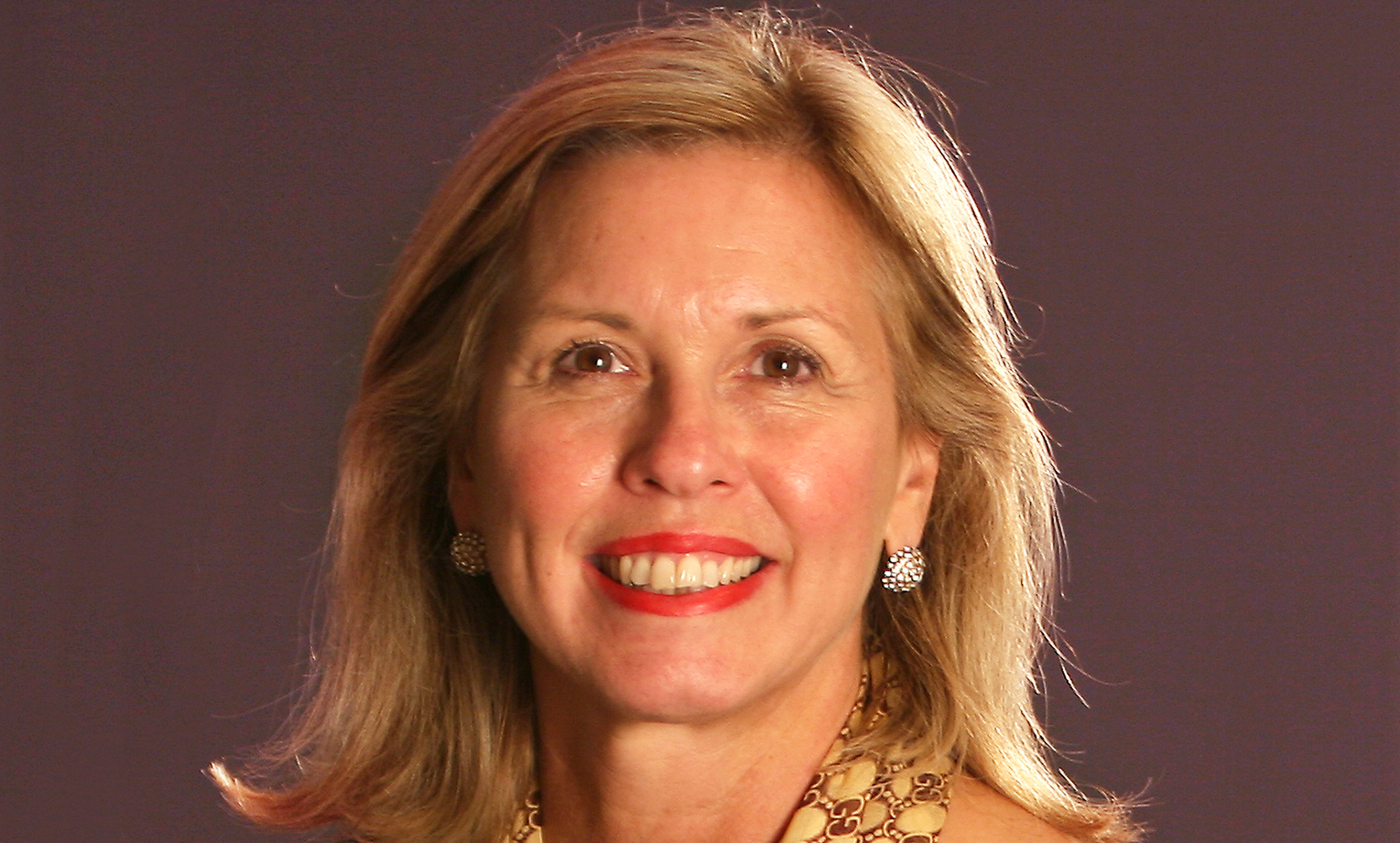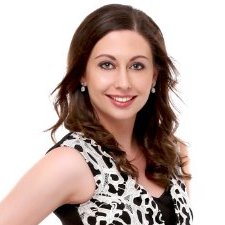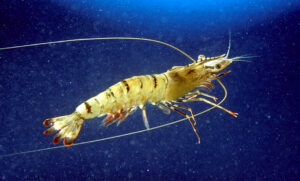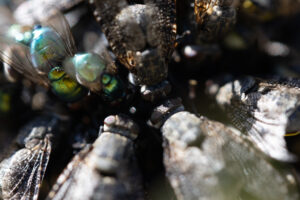Premier’s Science Award Scientist of the Year Christobel Saunders does it all. She’s a professor of surgical oncology, a cancer researcher, an academic surgeon and teacher of surgery. She’s the former president of Cancer Council WA and current president of Breast Surgeons of Australia and New Zealand.
Needless to say, Christobel has one of those résumés that make you wonder what you could’ve done with your life if you weren’t so addicted to sleep-ins and YouTube.
Her research is broad, spanning everything from working with basic science researchers to clinical trials and new treatments to supportive care for patients. But her main specialisation is in breast cancer research.
With a finger firmly on the pulse of cancer treatment and research in WA, Christobel knows better than anyone where we stand and where we need to go.
Cutting a path
Christobel started out the way all young surgeons do: “Working far too long hours and far too hard to deal with exams.”
Then by “happy happenchance”, she ended up under some very inspirational mentors at the Institute of Cancer Research in London.
These mentors showed her how exciting the world of research could be and how it had the potential to “change the lives not just of the patient sitting in front of you—but many patients into the future”.
But Christobel says the real wow moment was during the very first clinical trial she was involved in.
“I was called into the research meeting, and they showed the slides up on the board and you could see the survival curves coming apart, which meant women on this drug were surviving more than if they didn’t have the drug,” she says.
“It’s one of those moments where you realise that the research you’re doing is actually saving lives.”
She’s been seeing the fruits of cancer research’s labours ever since.
“When I first qualified as a doctor, survival from breast cancer was around 74%. It’s now around 92%, and that’s because of research. That’s enormous when you think about it.”
Where do we stand?
There’s never really a bright side of a cancer diagnosis. But here in WA, we can at least rest a little easier knowing our care will be in the best hands if it ever happens to us.
“Cancer care in WA is actually very good, and the outcomes for patients with cancer are world class here,” says Christobel.
“Some outcomes being published this [past] week or so by the cancer registry showed that our outcomes for women diagnosed with breast cancer are some of the best in the entire world.”
But when it comes to research, there’s still room to improve.
“WA is a relatively small player, both in Australia and certainly in the world in terms of cancer research, and so it’s very important that you collaborate and that you’re part of a national and international team when you do research,” she says.
“You need to make sure that WA is not just following on behind people but that we’re there right in it.”

This is exactly what Christobel aims to do. She enables national and international collaboration in cancer research through “endless travel” and by being part of lots of cancer organisations.
By connecting the right people, we can ensure West Australians will have access to the best care and research.
Changing the world one life-saving discovery at a time
Forget Thor, Wonder Woman and Aquaman—cancer researchers are my heroes.
When Christobel tells me about some of the projects she’s currently working on, it’s more exciting than any superhuman powers.
The first is the development of a new technology using optical coherence elastography, which will help surgeons make sure there are no cancer cells left behind.
“When you remove a breast cancer, obviously it’s important to remove the whole tumour. If you leave any behind, it can carry on growing,” says Christobel.
“Microscopic traces of tumour you can’t feel, you can’t see them, you can’t see it on an X-ray, so it’s very difficult to know if you’ve removed it all.”
Christobel is teaming up with engineers from UWA and the Harry Perkins Institute to develop a probe or surgical glove that will show if any microscopic traces of tumour are left behind during surgery.
“That will make a difference to patients’ lives immediately … knowing all the cancer is removed in one go, and of course it makes my life as a surgeon easier.”
Another project she is working on is preventing the development of breast cancer in at-risk individuals.
Remember when Angelina Jolie went under the knife because she had a mutated gene that put her at risk of breast and ovarian cancer?
Lab-based experiments of a repurposed older drug have been found to be very effective in preventing these mutated BRCA genes from developing into cancer.
Now with NHMRC funding, a team Christobel is part of are planning on using the drug in human trials.
“[We’re] planning on using this drug in a trial of women who are at high risk of developing breast and ovarian cancer due to one of these mutations like Angelina Jolie had, to try to prevent cancer,” she says.
“The key in cancer is of course not just to treat it, but to prevent it.”
Making our mark
So what can WA do to make sure life-changing projects like Christobel’s continue to help cancer sufferers?
“Generally, I’d love to see WA better funded for research,” says Christobel.
She invites people to continue to rally and tell government that funding research is important—especially in WA.
“We’ve got the resource industry—that’s great—but one day, we won’t and what will we have then?” she says.
“Well, what we’ve got is a fabulous scientific community, and science can provide a great industry.”
“If we can get WA to become that knowledge hub, that centre of science research, that would be a great thing.”
On a personal level, Christobel hopes that, through science and research, we eventually see a day where nobody develops cancer but knows it might not be in her lifetime.
“I can only hope we’ll improve both the survival for cancer but also the quality of life and how people live after cancer—I think that’s a really important thing.”









